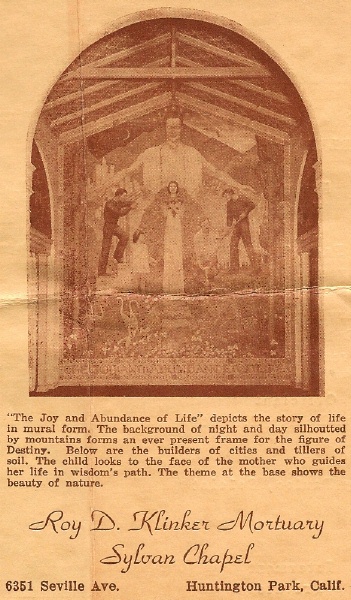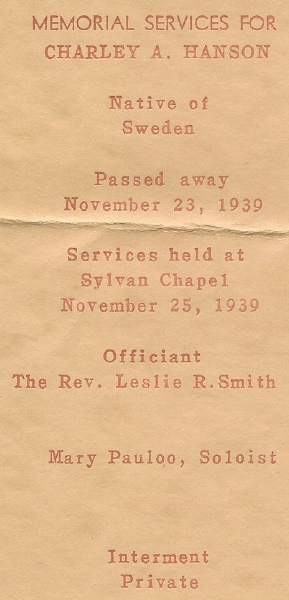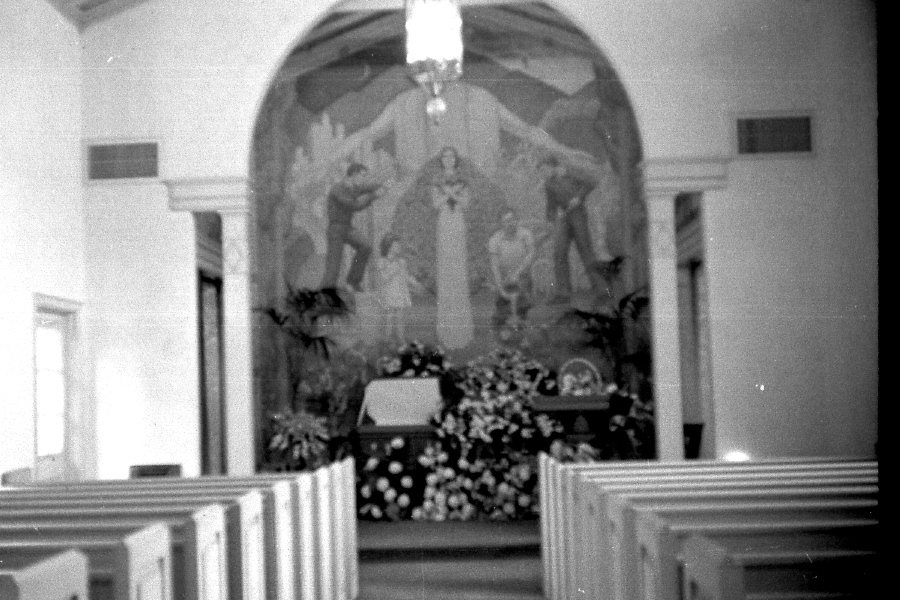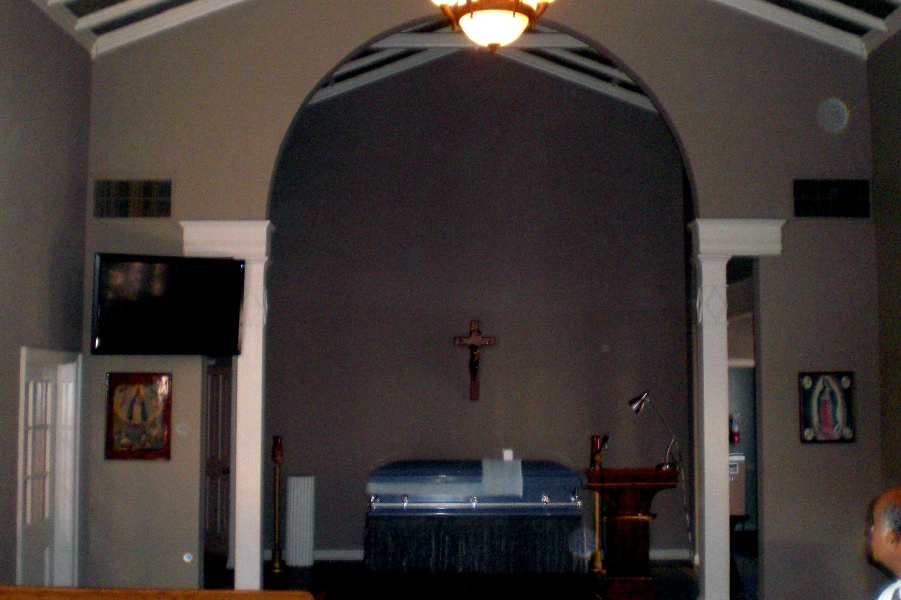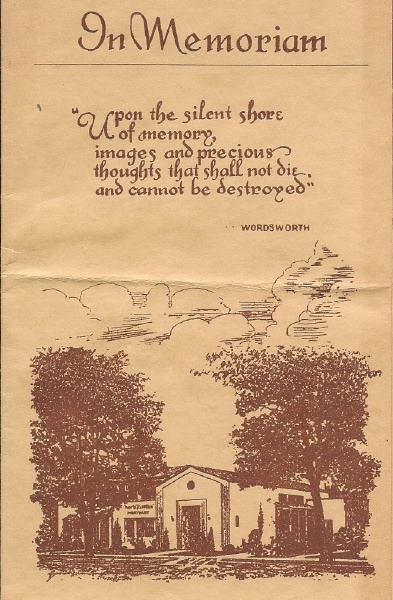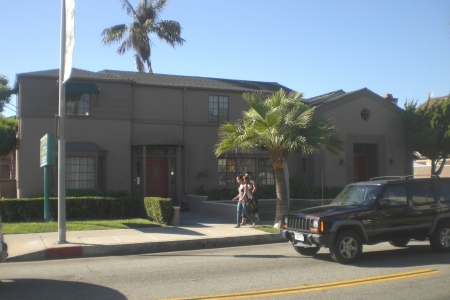|
|
|||||
|
Long before Ross Dickinson received any formal training, he experimented with oil paint and educated himself through reading. He as awarded a scholarship to the Chouinard Art Institute in Los Angeles, where he studied with Frank Tolles Chamberlin (1873 – 1961) and became interested in mural painting. In 1926 Ross spent nine months in New York City studying with John Costigan at the Grand Central School of Art and Charles Hawthorne at the National Academy of Design; he also received a scholarship from the Tiffany Foundation. Ross returned to California later that year and studied at the Santa Barbara School of Fine Arts, where he received his first mural commission. He married sculptor Daisy Hanson in 1928, and they established themselves, albeit under adverse financial conditions, as artists and teachers in Santa Barbara. Ross depicted the varying California landscape and men and women at work, which often aligned him with California regionalism. By 1934 he was involved in the Public Works of Art Project, which led to numerous mural commissions in the mid-1930s. His later work displays a stylistic change, as he moved toward freer brushwork in fast-drying acrylics through the 1950s and 1960s. He continued to work and exhibit in the southern California area until his death in La Jolla, CA in 1978. - Excerpted from: https://americanart.si.edu/artist/ross-dickinson-1261 We know of three large murals that he painted:
|
|||||
|
Mediterannean Village Scene Built in 1925, the Alhecama Theatre at El Presidio de Santa Bárbara State Historic Park was originally called the Little Theatre; it became the Pueblo Theatre in 1937. It consisted of a single-story multi-use auditorium with a raised stage. The building is among a cluster of eleven wooden buildings and one stucco building that date to the Community Arts Association’s Festival Arts School (later named the Santa Barbara School of the Arts) that thrived from 1920 to the mid-1930s. In 1928, Ross painted a mural depicting a Mediterranean village scene on the wall opposite the stage. In 2014 the theatre was renovated and turned into a banquet hall and the mural was restored in 2017 to close five opening that were made for theatre projection equipment and lighting in the 1930's (Click Here for description of restoration project). |
|||||
.jpg) Restored Mural |
|||||
.jpg) Alhecama Theatre |
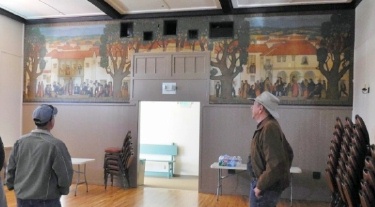 Before mural restoration showing projection holes in painting |
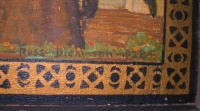
Ross's signature on the mural |
|||
|
"History of the Recorded Word” This mural was painted by Ross was painted in 1937 with WPA Federal Art Project funds. It consists of four oil on canvas panels, each 10′ h x 5.5′ w, in the library of the Thomas Jefferson High School Library located at 1319 E. 41st Street, Los Angeles, CA . For more information on Ross' mural Click Here to see a Febraury 11, 2019 article in the Los Angeles Sentinal newspaper. |
|||||
 |
|||||
"The Joy and Abundance of Life" Ross painted a large mural titled "The Joy and Abundance of Life" on the interior front wall of the Sylvan Chapel at the Roy D. Klinker Mortuary in Huntington Park, California. The date that he painted the mural and details on the commissioning of this work are not known at this time, but it was likely painted in the 1930's, several years prior to "Papa" Hanson's death in 1939. Papa died on November 23 and memorial services were held on November 25 in the Sylvan Chapel - the picture below shows the mural at his service. The
mortuary ownership has changed several times since the 1930's and
unfortunately the mural no longer exists as shown in a picture of the
chapel taken in November, 2012. The mortuary is now owned and operated by
the Bagues family and is referred on the
internet as "Guerra Cunningham and Bagues Funeral Directors". The
address is still 6351 Seville Avenue. Aside from being painted, the
architecture of the chapel and mortuary building appear unchanged from the
1930's. The chapel is no longer referred to as the Sylvan Chapel and a
member of the staff that had worked there for 30 years didn't recall the
mural so it was likely to have been removed or painted over prior to her
employment. Their current clientele as indicated on their website appears
to be entirely Hispanic, indicative of the demographic shifts that have
occurred in this part of Los Angeles County. |
|||||
|
|
|
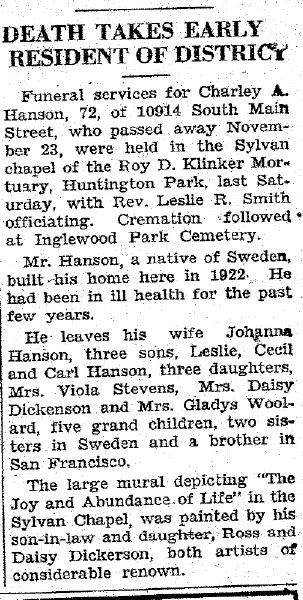 |
|||
|
|
|||||
|
|
|||||
|
|
|
||||
|
|
|||||
